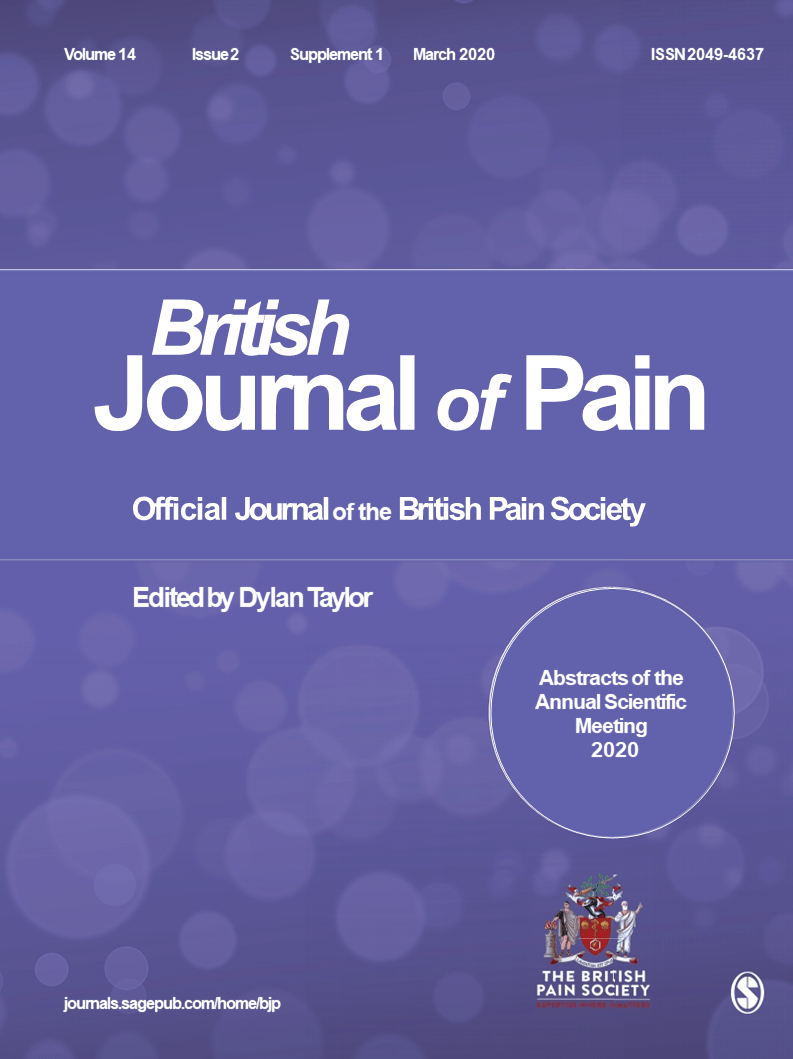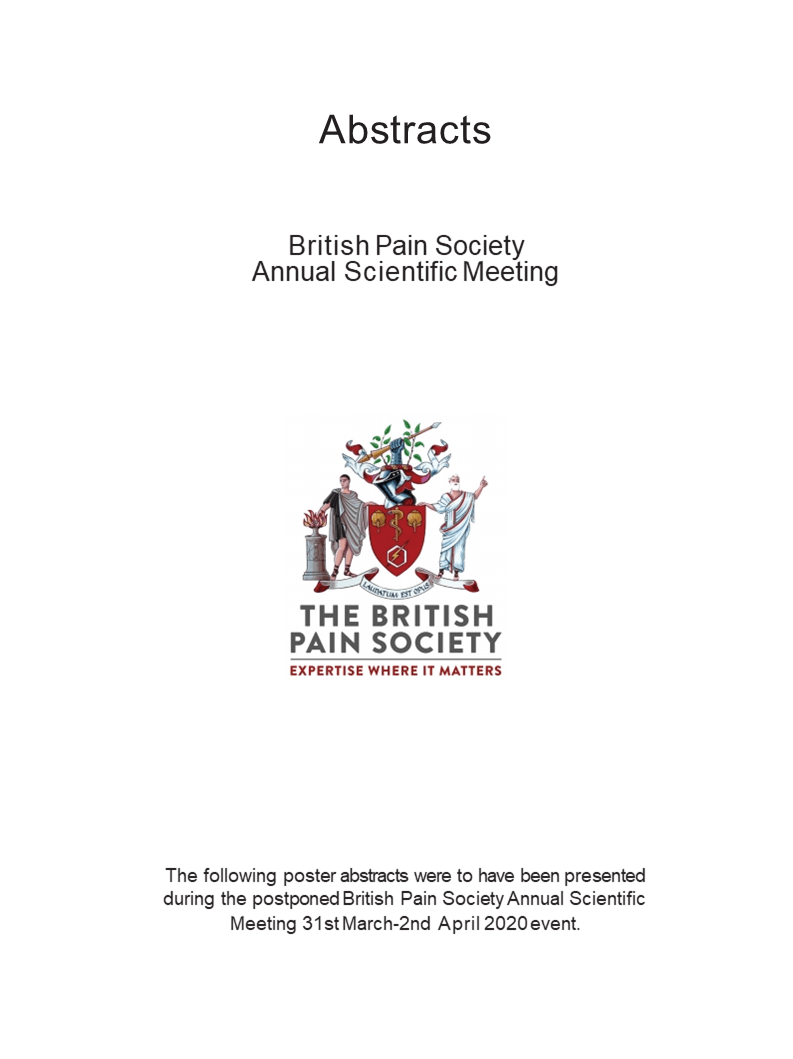5 YEAR OUTCOMES OF CARPAL Rx THERAPY TO TREAT CARPAL TUNNEL SYNDROME
Category: Interventional Pain Management
Authors: Maik Zannakis, PhD - Patient Care Department, Carpal Pain Solutions Inc.
Background
As consumer electronic technology expands around the world, so does the pain of Carpal tunnel syndrome (CTS). CTS has been called the “scourge of modern living” and is on a dramatic rise. Carpal tunnel release surgery has been the gold standard for treating this painful condition. But its expense and effectiveness fall short of being a universal or long-term solution. In contrast, therapeutic massage, particularly employing myofascial release, is effective, inexpensive, and long-lasting. Historically, manual therapy was required to perform it on patients with CTS. But the Carpal Rx device re-creates manual myofascial release massage electro-mechanically. This non-surgical approach has been documented as being effective for at least 2 years after initial treatment. But its effects beyond 2 years have been anecdotal. Long-term commitments to Carpal Rx use require validation of its therapeutic value beyond 2 years of initial application.
Aims
This research aims to document the therapeutic value of Carpal Rx therapy from 1 to 5 years after initial use for 2 to 4 months. It prospectively compares Carpal Rx use to endoscopic carpal tunnel release surgery to treat CTS.
Methods
This prospective survey spanned 61 months. It recruited 177 patients via telephone interviews. All patients were followed telephonically to assess CTS symptoms. Patients were divided into 3 groups. Group A (N=64) underwent unilateral endoscopic carpal tunnel release surgery. Their post-operative therapy consisted of standard of care hand rehabilitation (including ROM and strengthening exercises). Each rehabilitation regimen varied but was completed by 7 months post-op. Group B (N=61) did not have surgery, but used the Carpal Rx device instead. Therapy was applied once or twice daily for 30 to 60 days. Group C (N=52) was identical to group B, but patients used the device for 60 to 120 days. All patients were followed monthly for at least 36 months to a maximum of 61 months. All data were gathered telephonically using modifications of the VAS, DASH and MHQ instruments. Patient Satisfaction and compliance was assessed monthly using a patient diary.
Results
At 36 months, 44% of Group A patients scored in the first quartile of VAS, DASH and MHQ. 61% reported 1-5 on the Patient Satisfaction Scale (“somewhat dissatisfied”). In contrast, 87% of group B patients scored in the second or third quartile of VAS, DASH and MHQ. 88% reported 6-10 on the Patient Satisfaction Scale (“somewhat satisfied”). 93% of Group C patients scored in the second or third quartile of VAS, DASH and MHQ. 91% reported 6-10 on the Patient Satisfaction Scale (“somewhat satisfied”). At 50 months, all group scores decreased for the VAS, DASH and MHQ. Group A decreased to 37%. Groups B and Group C decreased to 71% and 73%, respectively.The scores did not appreciably change at 60 months in any group. Patient compliance for group B was 98% (completed Diary entries). Group A and group C patients yielded 84% and 77% compliance, respectively.
Conclusion
Carpal tunnel syndrome patients who used Carpal Rx therapy instead of having carpal tunnel release surgery had less than half of the symptomatic disturbances at 36-60 months. Patients who used the Carpal Rx for 60-120 days had over two-fold fewer symptomatic disturbances than surgical patients 3-5 years later. There was no significant long-term difference between initially using the Carpal Rx for 60 or 120 days. It is concluded that the 5-year outcome for Carpal Rx therapy patients is more than two-fold improved when compared to surgery patients.




